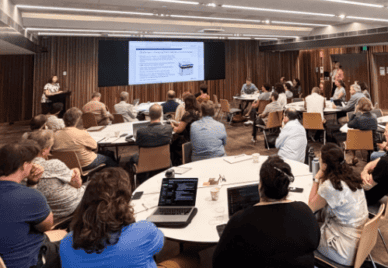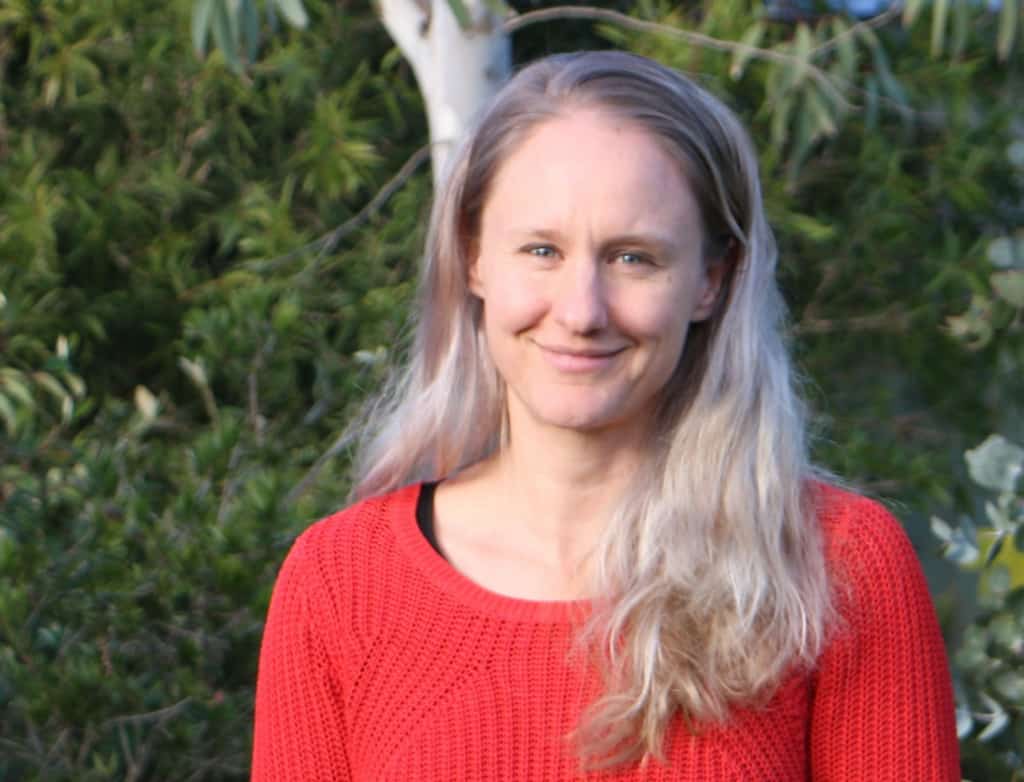
Workshop Addresses Wildlife Camera Trap, Ecoacoustic and Drone Data Challenges
Exploreabout Workshop Addresses Wildlife Camera Trap, Ecoacoustic and Drone Data Challenges
Banner image: An endangered heath mouse
Over the years, changes in land use have severely impacted the Australian natural landscape.
Landscape fragmentation — the break-up of large areas of the natural landscape into smaller, more isolated patches – is one outcome of these changes. This process can seriously inhibit the survival of wildlife habitats. An increasing threat from bushfires, in frequency and intensity, further compounds these issues.

A team of researchers at the School of Ecosystem and Forest Sciences, University of Melbourne is currently investigating the impact of fire and landscape fragmentation on animal movement and how recent and future fires will affect native animal populations. This will provide crucial information for wildlife specialists and others involved in managing Australia’s fragile ecosystem.
The group is collecting and studying field survey and genetic data of reptiles and mammals from fragmented landscape areas in southwest Victoria, southeast South Australia and Adelaide’s Mount Lofty Ranges. The data will be used with a fire simulation model to predict changes in animal numbers under different fire and climate scenarios.
The team has been using the ARDC-supported Nectar Research Cloud to store, access and manipulate their data.
“It’s been fantastic for us,” said Dr Holly Sitters, the project’s coordinator.
“We have 16 research students who are all contributing to the central database.”
Because the students are widely based, having easy and secure access to data through Nectar Research Cloud has been essential to the project’s collaborative structure — especially during COVID-19.
The group aims to develop a conservation management tool for wildlife managers in fire-prone fragmented areas to reverse biodiversity losses. The ultimate goal is to help animal populations exist under a changing climate.
Although the project is still in progress, it has already resulted in actionable information for its key partner organisations, which include the Victorian Department of Environment, Land, Water and Planning and SA Water. The results will help land managers decide when and where to use prescribed burning to benefit animal populations.

The ARDC recently launched a new initiative that focuses on bushfires. The Bushfire Data Challenge program is designed to develop innovative digital infrastructure solutions to current data challenges in bushfire research, to help improve Australia’s bushfire resilience, response and recovery.